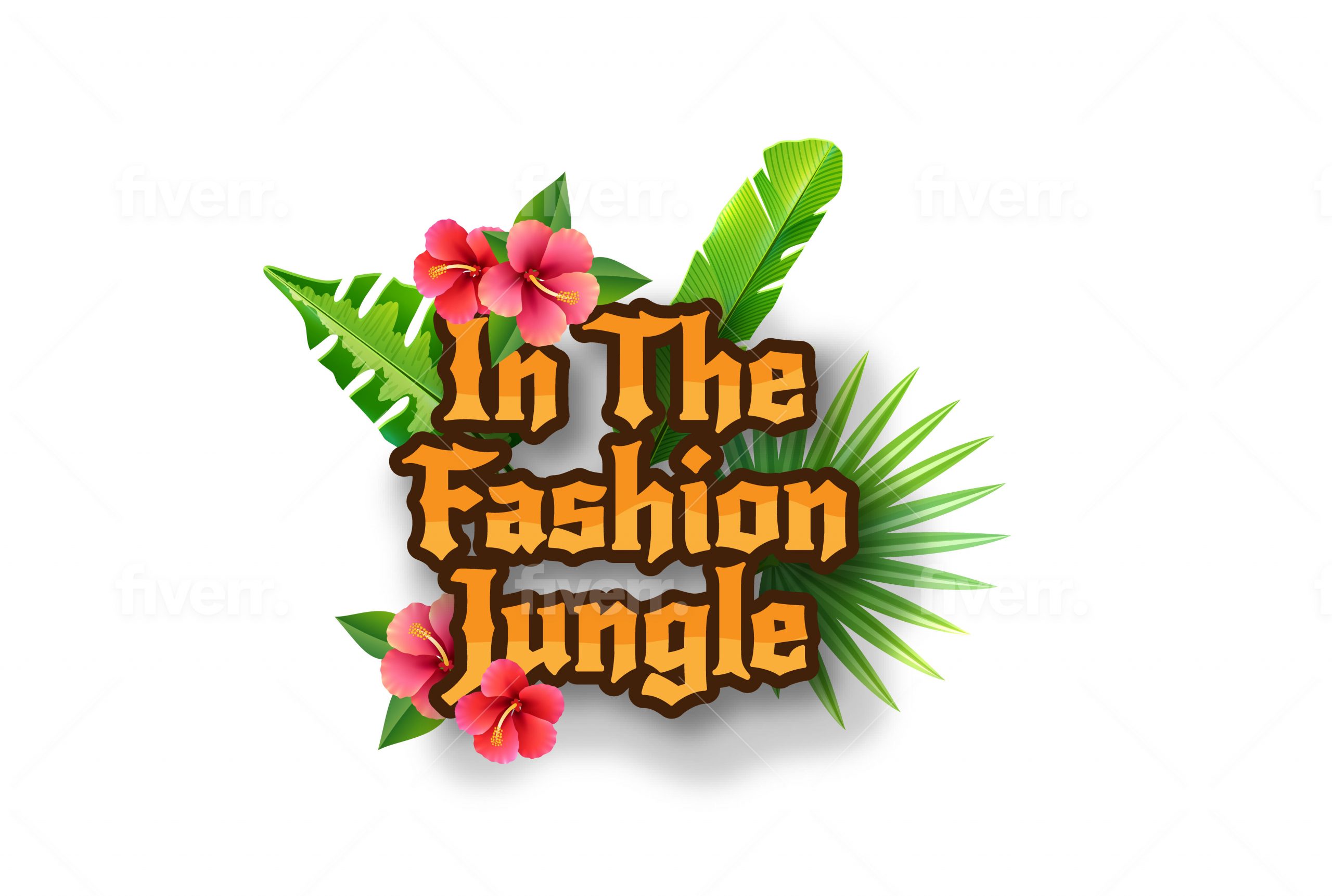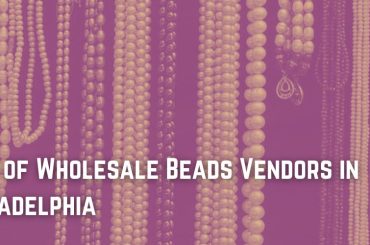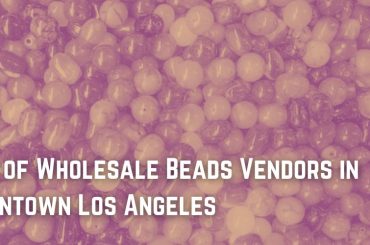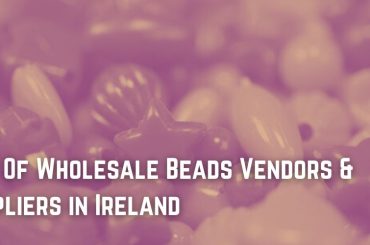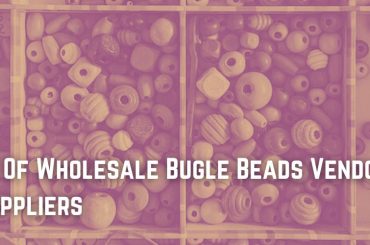Perler beaded projects are always fun that inspire creativity using organic material. You can make Perler beads jewelry or any other pattern by selecting the colorful beads and arranging them on the pegboard using tweezers.
After you are done with the arrangement of the beads, place a baking paper or parchment paper over the beads, and iron them till it melts. Finally, your artwork is ready to display or to be worn.
The question arises can you sell Perler beads and the answer is certainly yes. There are shops or many online platforms where you can sell your handcrafted Perler beaded designs, such as Etsy, eBay, or Amazon.
Table Of Contents
Is Perler trademarked?
Perler.com owns all the trademarks, whether, its parent company or its affiliated companies. These are the property of their respective owners.
E.g., Perler is the brand name and trademark of TSI Consumer Goods GmbH, Zeven 27404, Germany. This trademark was filed to EUIPO on March 16, 2010. PERLER BEADS is also a trademark of STITCH ACQUISITION CORP., filed on February 9 (2011).
What do you do with old Perler bead projects?
Old bead projects are eco-friendly and reusable. Perler beads, including Hama Beads and Hama Pegboards, are plastic fusible beads composed of food packaging grade quality called low-density polyethylene. These are recyclable with normal household plastic waste.
What is the cost of Perler beads?
The cost of a Perler beads pack containing 1000 count beads is around $3.09 each. You may get a discount of $2.72 on buying three or more packs of any color. While aiming to buy six or more packs, having colors of your choice, the cost falls to $2.47 each.
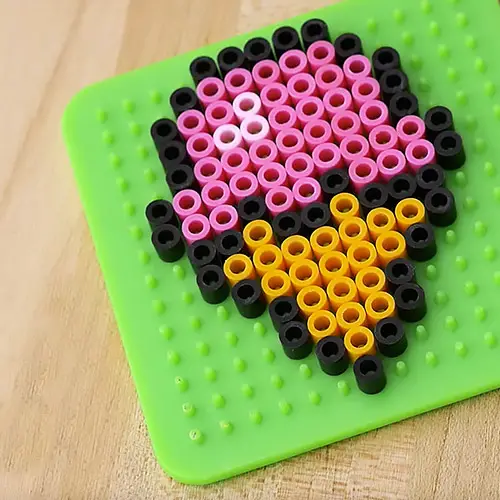
Are Perler beads popular?
Perler beads started as a kid’s crafting activity, as it keeps them away from screens and forces them to create something in the real world.
Although kids remain the core users of Perler beads, recently, Perler beads have gained equal importance among elders. These are enjoying popularity among adults as they are used to creating elaborate pixel art.
The Perler bead projects are found to be calming and rewarding. Being a kids’ activity, it is an extremely easy hobby to try out, but you can make it more complex by choosing a color, layout, and bead placement to create a style while developing your own process.
Are melty beads the same as Perler beads?
While talking about Fusion Bead Crafts, all the beads are not created equally, and there is a lot of difference between brands. Perler beads are most probably the best quality beads that you can try.
All Perler beads, if created without any mistake, are uniformly shaped. These are made of premium quality material, slightly flexible in shape when fused, and serve best for a more durable creation.
Melty beads are wider at the edges, and their shape is slightly cylindrical. The middles are not always hollow, having variable sizes and shapes, hence the tweezers included in their packaging are hard to pick them up and handle.
Melty beads are not fusible well together, and when they are melted they tend to form a horseshoe shape instead of a circle. As a result, anything created with melty beads breaks off easily.
What did Perler beads use to be called?
For those, who were brought up in the era of the eighties or nineties, there is a greater possibility that you are familiar with Perler beads.
In the beginning, they were denoted with different titles such as fuse beads, Hana beads, and melty beads. With time, as we grew up, they merged under the same category and got popular as Perler beads.
Are Perler beads toxic?
Perler Beads are plastic fusible beads. They do not contain harmful chemicals since Perler beads are composed of food-grade plastics called low-density polyethylene, making them non-toxic.
Even if the child swallows the little beads by mistake, these travel down their throat without causing any harm. Ultimately, they pass through the digestive tract and pass out the other end through the stool.
Conclusion:
Perler beads are plastic fusible beads made from food-packaging grade plastic or low-density polyethylene. Hence, you can recycle them with normal household plastic waste.
Perler beads are brand names and trademarked by their respective companies but owned solely by the site, Perler.com.
Perler beads were intended to be a fun-inspiring activity for kids from age four onwards but have gained much popularity among adults. You select the color of Perler beads according to your choice and arrange them on the peg boards to make patterns or designs.
Sometimes, Perler beads are misperceived as melty beads, but these two have different features when melted and fused. Their sizes and shapes also vary.
Perler beads are non-toxic as they do not contain harmful components and do not damage your internal organs even if swallowed by mistake.
Check out our article on the List of Wholesale Rose Gold Beads Suppliers & Vendors
